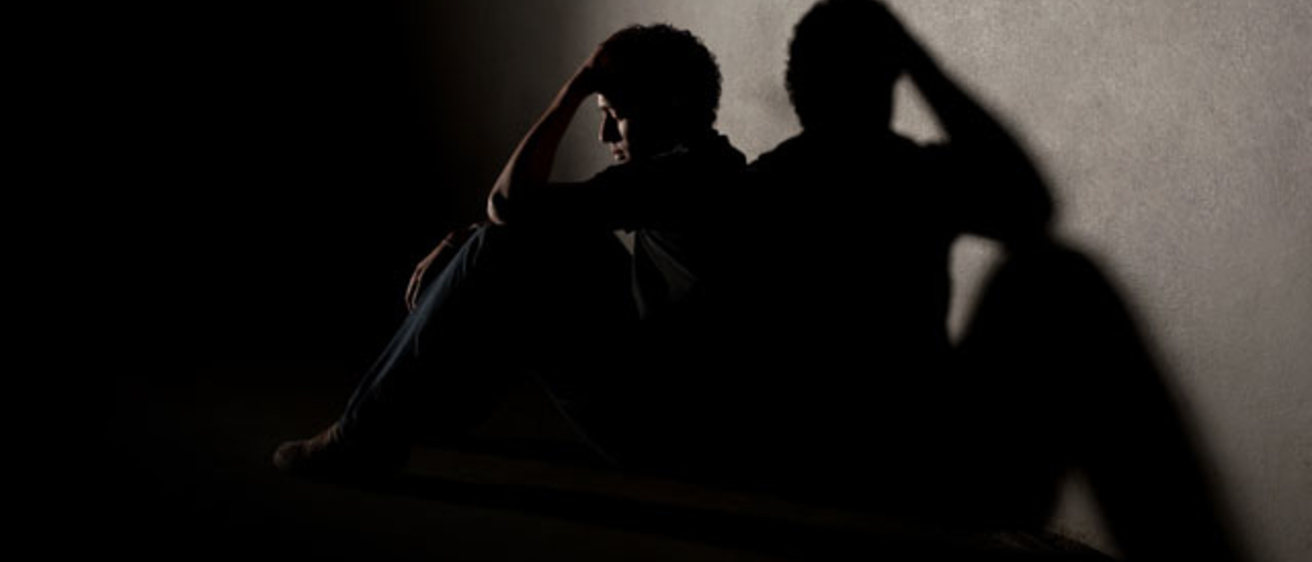Campus Voices is a place for faculty, staff and students to share ideas, views and information about issues that matter to them personally and professionally. The opinions expressed here do not necessarily represent those of the University of Iowa. View more Campus Voices here.
Suicide is the second leading cause of death for college and university students. A recent survey reports that one in five college students seriously contemplated suicide in the year leading up to the survey.
While any loss of life is heartbreaking, suicide among college and university students is especially tragic because they have their whole lives ahead of them, and the primary cause of almost all suicides is an untreated yet treatable mental disorder: depression.
As a psychologist who has counseled college and university students for 30 years, I have witnessed first-hand the benefits of therapy for these students. Treatment works.
Supported by a grant from the Substance Abuse and Mental Health Services Administration of the Department of Health and Human Services, the UI has embarked on an effort to cultivate networks of caring persons—students, faculty, and staff—who will stand ready to reach out and connect with any student who appears to be in distress. For more information see: Three-year grant to increase awareness, train campus and community partners to help
We also know that most students who ultimately commit suicide have not had contact with their campus counseling service. It seems to me there is a compelling case here to "connect the dots" for these students in need by training all members of the campus community to recognize the warning signs of suicide and to steer a student who may be exhibiting these signs to appropriate resources for help.
Everyone in the University of Iowa community can play a part in preventing suicides. While I may not be able to stop specific individuals from taking their lives, I am committed to working to create a caring campus culture in which we all have the skills needed to reach out and lend a hand to anyone who is distressed by personal or emotional difficulties.
Most of a counselor’s work is done behind closed doors. The privacy needed for students to reveal their fears and struggles is an essential component of the counseling relationship. But counselors can only reach and help a small percentage of students; and we know that the number of students who could benefit from counseling is much greater than the number of students who actually come and knock on our doors for help.
Without help, many students in need spiral downward into depression and hopelessness, and some will contemplate ending it all by committing suicide. Some individuals are at heightened risk for becoming suicidal. Certain life experiences, such as having been bullied in high school due to sexual orientation or having been exposed to combat trauma, can increase the risk of suicide.
Most people will reveal their struggles and distress to others—a friend, family member, loved one, or colleague. Students interact with countless people every day on campus. How someone reacts to a student who is in distress can, in some cases, make the difference.

A simple gesture of support, a willingness to help, an encouragement to seek help from the resources we have on campus—these actions can buffer someone from slipping into despair and hopelessness and, ultimately, a suicidal frame of mind.
If we can get students in need connected with the resources on our campus and in the community, we just might save a life.
Sam V. Cochran is director of the University Counseling Service and clinical professor in the counseling psychology program in the University of Iowa College of Education.
